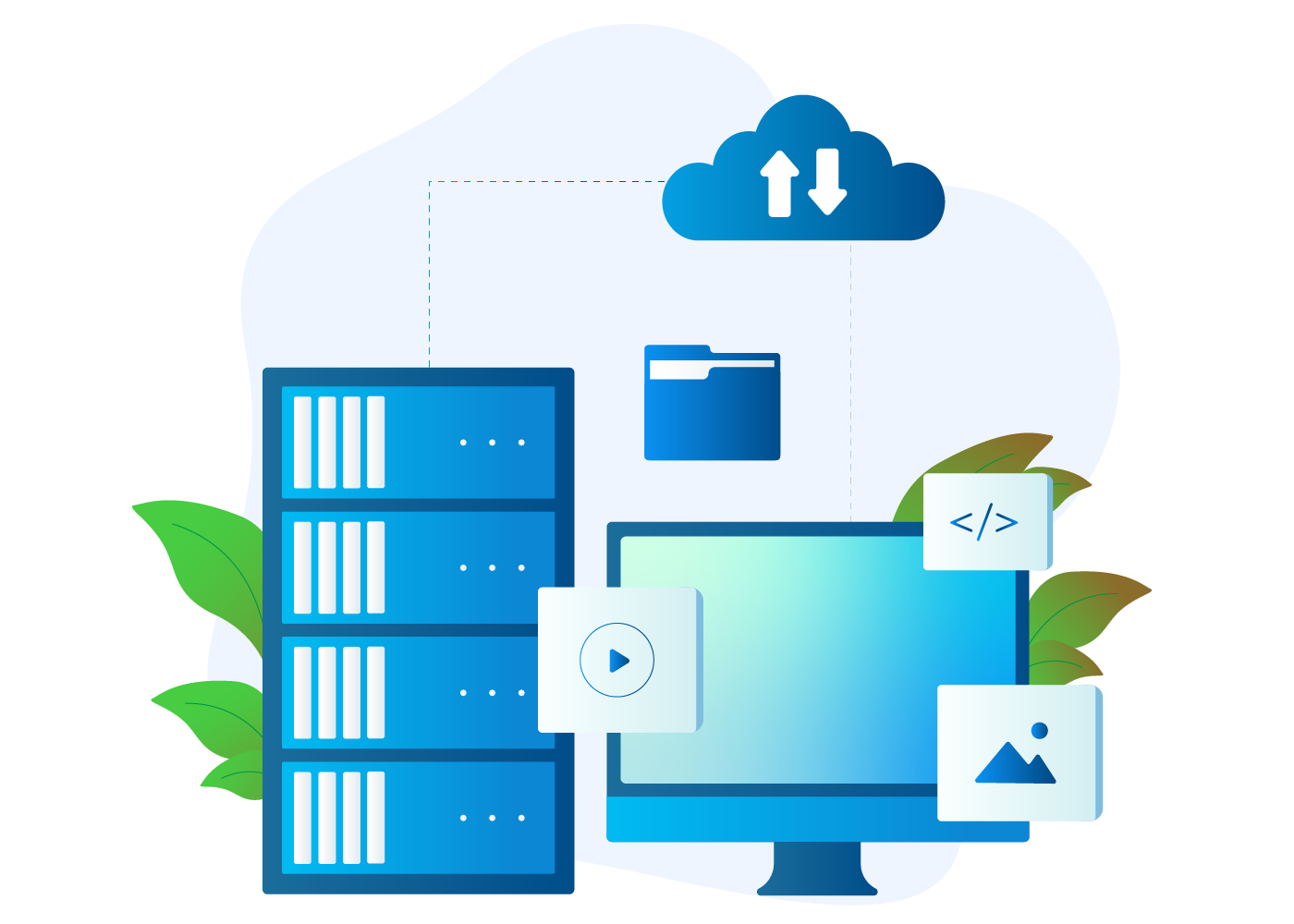Software defined Datacenter
Computing, Storage, Virtualization, OS: Windows, Linux, and Unix Platform
Wireless and Networking
Switching Routing, Firewall, VPN, Wireless Access Point
Digital Workspace Solutions
Unified Communication, Virtual Desktop, Cloud, CBM, Microsoft Exchange

Digital Infrastructure Solutions
Digital Infrastructure
Digital infrastructure solutions encompass a variety of technologies and services designed to support the efficient, secure, and scalable operation of digital systems and applications. These solutions form the backbone of modern IT environments and are essential for businesses to effectively manage their digital assets and workflows.

